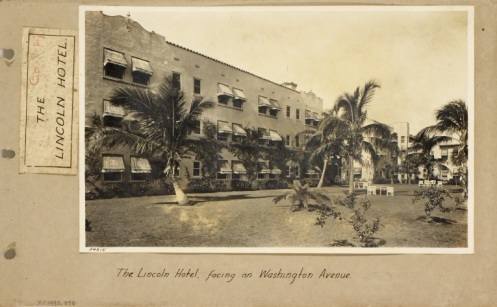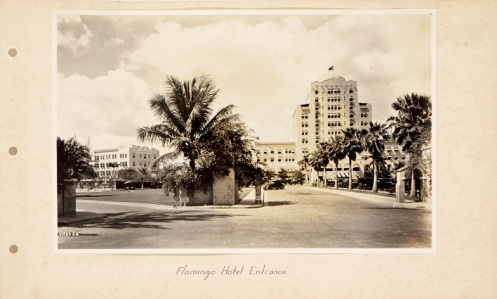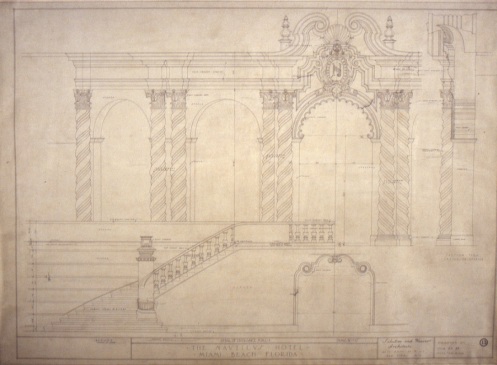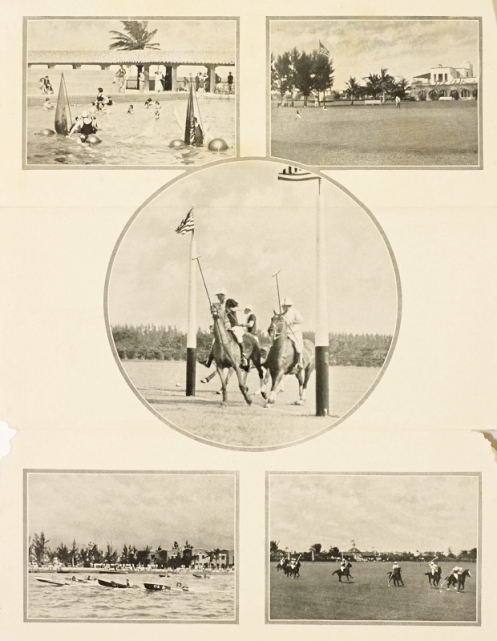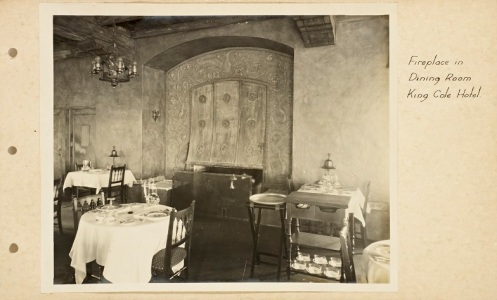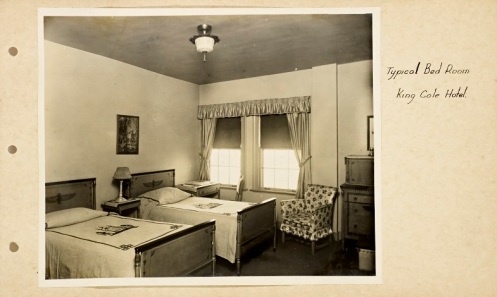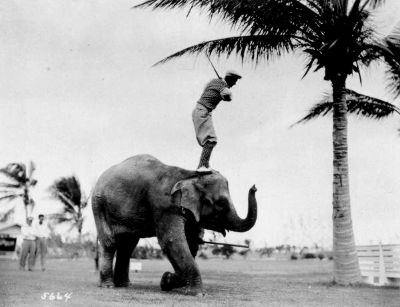All this week there has been a flurry of news coverage focusing on the aftermath of the horrific massacre by two French Muslim gunmen of cartoonists and staff working for the controversial and avowedly atheistic Charlie Hebdo satirical weekly newspaper. The terrorists who perpetrated the murders claimed to have been moved to the most extreme violence by the magazine’s publication of irreverent depictions of the Prophet Mohammed.

Charlie Hebdo is no stranger to controversy or to the violence its cartoons can provoke. The weekly’s origins stretch back to 1960, when Georges Bernier and François Cavanna first began a leftist, anti-religious, political satirical monthly magazine under the title Hara-Kiri, adding a weekly (“hebdo”) edition in 1969. After making a rather tasteless lampoon on the occasion of the death of former president Charles de Gaulle in November 1970, L’Hebdo Hara-Kiri was banned. The editors changed the title to Charlie Hebdo to sidestep the ban, and as an homage to the Peanuts character Charlie Brown.
Over the years, Charlie Hebdo has continued to publish irreverent (and some might say provocative and inflammatory) satires targeting religious hypocrisy and Christian, Jewish, and Islamic fundamentalism. When in February 2006, the editors published a front page titled “Muhammad overwhelmed by fundamentalists” accompanied by a cartoon depicting a weeping Prophet with the caption “It’s hard being loved by jerks,” French politicians were divided in their response. French President Jacques Chirac condemned such “overt provocations” that attacked others’ “religious convictions.” But when the Grand Mosque filed a lawsuit against the editors alleging racism, future presidents Nicolas Sarkozy and François Hollande made statements coming down on the side of freedom of expression. In 2007, the courts sided with and acquitted the editors. Other irreligious Charlie Hebdo cartoons have been met with peaceful street demonstrations, while a satire of Sharia law in 2011 provoked a fire-bomb attack on the newspaper’s offices. The most recent (and deadly) attack on the satirical magazine’s headquarters in Paris ultimately resulted in the murder of the magazine’s editor, Stéphane Charbonnier, five cartoonists, five other staffers, two police officers, and the wounding of eleven others; a co-conspirator took hostages and the lives of four persons in a Jewish supermarket.

In the aftermath of the bloody attacks, forty world leaders and two million Parisians took to the streets, many under the banner, “Je suis Charlie” or, “I am Charlie.” Circulation of Charlie Hebdo jumped from a normal run of 60,000 issues to the sale of seven million copies of the “survivors’ issue” printed in six languages with a defiant cover cartoon of a tearful Prophet taking up the slogan of the demonstrators. Perhaps this proves that the pen yet remains mightier than the sword (or assault rifle).

PHOTOGRAPH COURTESY OF PHILIPPE WOJAZER, REUTERS
The issues of religion, freedom of speech, and tolerance are all issues France has historically had to wrestle with. During the era of “Enlightenment,” French philosophers and satirical polemicists such as François-Marie Arouet (1694-1778)—more popularly known by his nom de plume, Voltaire—were using their pens to stir up controversy. Voltaire, for example, used his satirical wit to attack religious superstition and the power wielded by the established Catholic Church, to criticize intolerance, to advocate for free speech, freedom of (and freedom from) religion, and to call for the separation of church and state. Not surprisingly Voltaire’s radical ideas and writings caught the attention of censors, landed him in prison, or forced him into exile. Whatever his own religious views, (still the subject of heated debate), Voltaire remained a passionate advocate for religious tolerance. He argued that “It does not require great art, or magnificently trained eloquence, to prove that Christians should tolerate each other. I, however, am going further: I say that we should regard all men as our brothers. What? The Turk my brother? The Chinaman my brother? The Jew? The Siam? Yes, without doubt; are we not all children of the same father and creatures of the same God?”

Sadly, such laudable sentiments were forgotten in the wake of the French Revolution, the “Reign of Terror,” and counter-revolutionary violence of the late eighteenth century. Anticlericalism and opposition to established religion was part of the very fabric of the French Revolution and integral to the formation of the secular values of the French Republic.
The tragic and dramatic events surrounding the controversial weekly got me to thinking about the larger historical context of religious satire, censorship, free-speech, and hate speech, and representations of the same in The Wolfsonian library collection. Also no stranger to controversial materials and topics, the museum and research library hold a wide variety of politically, racially, and religiously provocative items.
Not unlike the early French Republic’s experiments with dechristianization and the establishment of a nationwide Fête de la Raison aimed at promoting republican secular values, the early revolutionaries in Russia also satirized religion in general, and specifically ridiculed Christianity, Judaism, and Islam in their bid to make Communism the new faith. The Wolfsonian library holds a decent run of the periodical Bezbozhnik u stanka, or, Atheist at the Lathe, published in Moscow between 1923 and 1931.

Edited by M. Kostelovskaia and featuring the work of illustrators such Aleksandr Aleksandrovich Deineka (1899-1969) and Dmitrii Stakheivich Moor (1883-1946), the Atheist at the Lathe spared no religion as it dedicated itself to rooting out “superstition” and promoting Communism.



One illustration even depicts an Orthodox priest assisting a Cossack sniper and Royalist machine-gunner shooting down upon mass demonstrators from the vantage point of a church bell tower.

I find the illustration especially ironic given that it was a Russian Orthodox priest and populist leader, Father Georgy Gapon (1870-1906) who led the unarmed demonstrators in a march to present a petition to the Czar at his Winter Palace, where they were shot down by the Imperial Guard on “Bloody Sunday,” January 22, 1905.
The Supreme Deity is frequently lampooned in the color cover and interior illustrations, invariably depicted as an ancient, diminutive, bespectacled, bald man with a snow-white beard. In one full-page illustration, the biblical story of Genesis is satirized with God playing surgeon and removing one of Adam’s ribs, while on another cover, the ridiculous deity angrily races with a ladder to punish Adam and Eve, who are out on a limb eating the forbidden red fruit of the Tree of Knowledge.


Other cartoon illustrations make satirical attacks on the Christian faith by picturing foxes in the role of preachers, deceiving and bleeding poor working class yokels.


Jesus Christ and Russian Orthodox priests are often depicted in the periodical as being used by or in cohorts with the forces of reaction and capitalist “fat cats” in top hats.

GIFT OF STEVEN HELLER



Devout Russian Orthodox Christians must have cringed at depictions of their Savior loaded down with bombs and under the command of the counterrevolutionary Capitalist enemies of the Communist regime, much as Muslims may have been offended by Charlie Hebdo cartoons picturing the Prophet as a terrorist hiding bombs under his turban.

As Muslims and Jews made up important and influential religious minorities in the new Soviet State, their faiths and traditions were also subjected to ridicule in the Atheist at the Lathe.
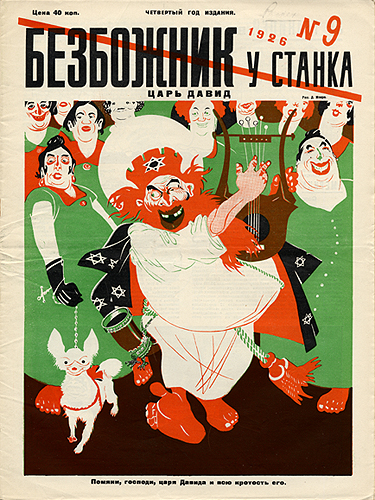
One cartoon encouraged Muslim women to take down their veils, transform them into babushkas, and sweep away the vestiges of repressive religious patriarchy.

Of course, such religiously charged cartoons were rendered all the more powerful by virtue of the Communist regime’s stamp of approval for attacking the religious enemies of the Soviet state.

GIFT OF STEVEN HELLER
Cultural values had so shifted in Putin’s Russia that in 2012 feminist punk rock performers from Pussy Riot were arrested and convicted of “hooliganism motivated by religious hatred” for staging a forty-second nonviolent protest in Moscow’s Cathedral of Christ the Savior.

IMAGE COURTESY OF INNOKENTY GREKOV’S BLOG POST “PUSSY RIOT DAY OF SOLIDARITY” DATED AUGUST 16, 2013
As a historian and librarian dedicated to the principles of free speech and opposition to censorship, I can only hope that we can consider more carefully Voltaire’s example: neither to give in to fear of reprisal, repression, or self-censorship, but also to consider how our words and actions might impact persons of other faiths and views. Above all, we must urge tolerance and remind ourselves that others are free to print and perform as they will, just as we are free to read or ignore such expressions as might offend our own sensibilities.
Posted in acquisitions, anti-Semitism, antisemitism, Artists, Communism, Communists, conflict and resolution, donations, gender, gifts, graphic arts, graphic designers, Jews, leftist artists, library donors, Mitchell Wolfson Jr., persuasive arts, political art, propaganda, propaganda arts, racism, rare books and special collections library, Russia, Soviet propaganda, Soviet Union, Steve Heller, The Wolfsonian-FIU library, Wolfsonian, Wolfsonian library, Wolfsonian library collection, Wolfsonian museum library, Wolfsonian-FIU library, women
Tags: Adam and Eve, Aleksandr Aleksandrovich Deineka (1899-1969), anticlericalism, atheism, Atheist at the Lathe, babushkas, Bezbozhnik u stanka, blasphemy, Bombs, caricatures, cartoons, Cathedral of Christ the Savior (Moscow), Censorship, Charles de Gaulle (1890-1970), Charlie Brown, Charlie Hebdo, Christianity, controversy, demonstrations, Dmitrii Stakheivich Moor (1883-1946), editorial decisions, editors, Father Georgy Gapon (1870-1906), Fête de la Raison, feminism, foxes, François Cavanna, François Hollande, François-Marie Arouet (1694-1778), France, freedom from religion, freedom of religion, freedom of speech, French President Jacques Chirac, French Revolution, Genesis, Georges Bernier, God, Hara-Kiri (monthly magazine), hate speech, irreverence, Islam, Jesus Christ, Judaism, lampoons, M. Kostelovskaia, Mohammed, Muslim extremists, Nicolas Sarkozy, Peanuts, performance art, Prophet Mohammed, protests, provocation, Pussy Riot, religion, religious fundamentalism, religious tolerance, Republican values, Russia, Russian Orthodox priests, Satire, secular society, self-censorship, separation of church and state, Sharia law, Soviet Union, Stéphane Charbonnier, Terrorism, terrorists, the Age of Enlightenment, the Bible, turbans, veils, violence, Vladimir Putin, Voltaire



 GIFT OF ANTONIO PETTINI
GIFT OF ANTONIO PETTINI






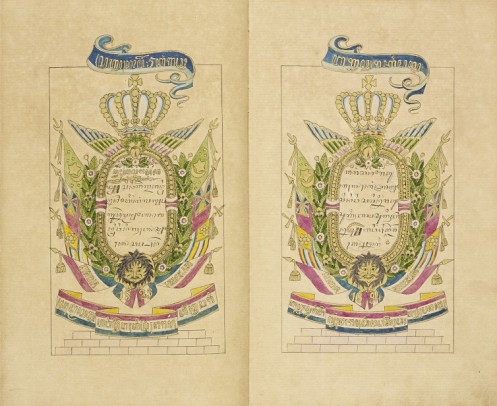


 GIFT OF JEAN S. AND FREDERIC A. SHARF
GIFT OF JEAN S. AND FREDERIC A. SHARF

![XC2010.08.1.335_000[1]](https://wolfsonianfiulibrary.wordpress.com/wp-content/uploads/2015/04/xc2010-08-1-335_0001-e1428523523268.jpg?w=497)
![XC2010.08.1.335_136a[1]](https://wolfsonianfiulibrary.wordpress.com/wp-content/uploads/2015/04/xc2010-08-1-335_136a1-e1428523743962.jpg?w=497) GIFT OF JEAN S. AND FREDERIC A. SHARF
GIFT OF JEAN S. AND FREDERIC A. SHARF GIFTS OF JEAN S. AND FREDERIC A. SHARF
GIFTS OF JEAN S. AND FREDERIC A. SHARF



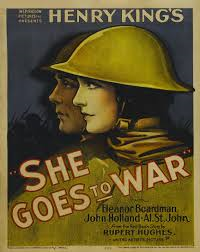
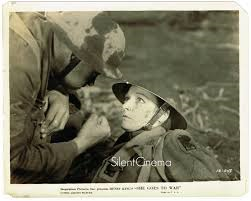

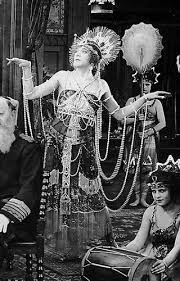



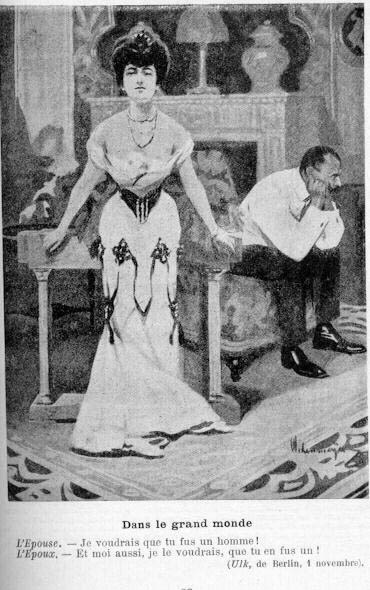
























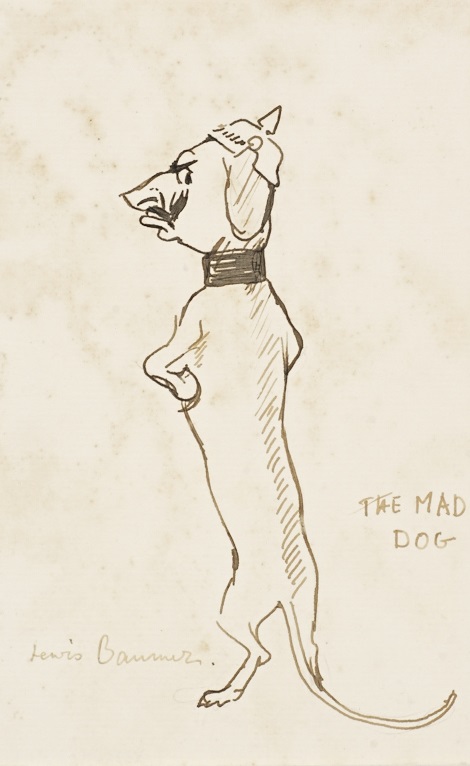



















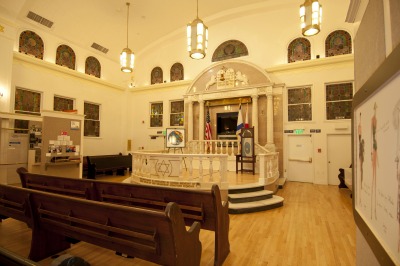










![Jewish-Museum-of-Florida-FIU[1]](https://wolfsonianfiulibrary.wordpress.com/wp-content/uploads/2015/03/jewish-museum-of-florida-fiu1.jpg?w=497&h=206)
![The-Wolfsonian-FIU[1]](https://wolfsonianfiulibrary.wordpress.com/wp-content/uploads/2015/03/the-wolfsonian-fiu1.jpg?w=497&h=206)


































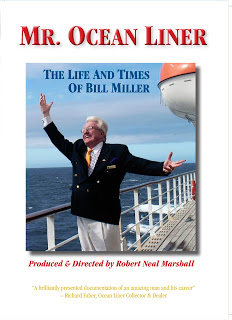


























 LINDA HERNANDEZ, LIBRARY INTERN. PHOTO BY DAVID ALMEIDA
LINDA HERNANDEZ, LIBRARY INTERN. PHOTO BY DAVID ALMEIDA “FORTITUDE,” MARBLE, 1911. PHOTO COURTESY OF THE NEW YORK PUBLIC LIBRARY
“FORTITUDE,” MARBLE, 1911. PHOTO COURTESY OF THE NEW YORK PUBLIC LIBRARY




![XC2011.08.2.24.9_000[1]](https://wolfsonianfiulibrary.wordpress.com/wp-content/uploads/2015/01/xc2011-08-2-24-9_0001-e1422306271160.jpg?w=497&h=367)
![XC2011.08.2.140_032[1]](https://wolfsonianfiulibrary.wordpress.com/wp-content/uploads/2015/01/xc2011-08-2-140_0321-e1422306431379.jpg?w=497&h=375)
![XC2011.08.2.140_039[1]](https://wolfsonianfiulibrary.wordpress.com/wp-content/uploads/2015/01/xc2011-08-2-140_0391-e1422374361420.jpg?w=497&h=368)

![XC2010.08.1.340_000[1]](https://wolfsonianfiulibrary.wordpress.com/wp-content/uploads/2015/01/xc2010-08-1-340_0001-e1422306767164.jpg?w=497&h=724)
![XC2011.08.2.150_044[1]](https://wolfsonianfiulibrary.wordpress.com/wp-content/uploads/2015/01/xc2011-08-2-150_04411-e1422375071952.jpg?w=497&h=380)
![XC2011.08.2.150_040[1]](https://wolfsonianfiulibrary.wordpress.com/wp-content/uploads/2015/01/xc2011-08-2-150_0401-e1422375716177.jpg?w=497&h=354)
![XC2011.08.2.150_045[1]](https://wolfsonianfiulibrary.wordpress.com/wp-content/uploads/2015/01/xc2011-08-2-150_0451-e1422307051609.jpg?w=497&h=371)
 LION HEADS, BRONZE, 1901, THE WOLFSONIAN-FIU ELEVATOR.
LION HEADS, BRONZE, 1901, THE WOLFSONIAN-FIU ELEVATOR. 



